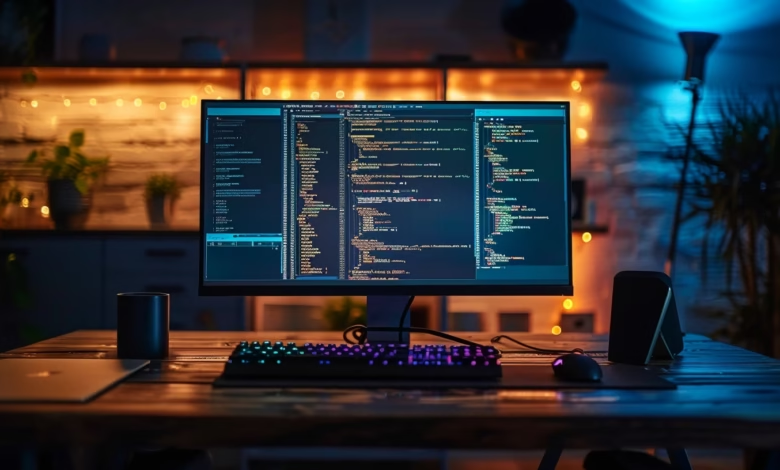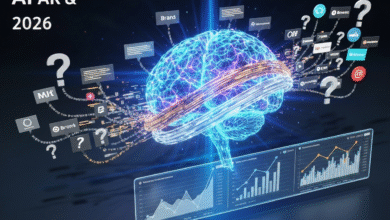Inside 2025: How Developers Work & Code Today

▼ Summary
– AI adoption varies widely, with only 22% overall usage but up to 76% in IT/SaaS, and data preparation remains a major challenge.
– Developers have mixed feelings about AI: 59% call it overhyped, but 64% say it eases their work, with ChatGPT being the most used tool.
– Security is now integrated into workflows, with 80% of companies handling it internally, though classic tools like SonarQube are declining in use.
– Most developers (64%) use non-local or cloud-based environments, with IT professionals leading container adoption at 92%.
– Coordination tasks like time estimation and planning remain top blockers, while work-life balance and flexibility rank high in developer priorities.
The landscape of software development in 2025 reveals a fascinating mix of technological progress and persistent challenges. A recent survey of over 4,500 professionals highlights how AI adoption, security practices, and remote workflows are reshaping the way developers operate. While tools and environments have evolved, teams still grapple with coordination and productivity hurdles that slow down progress.
AI adoption remains uneven across industries, with only 22% of developers incorporating it into their daily work. However, sectors like IT and SaaS show significantly higher usage at 76%. Despite its growing presence, confidence in handling AI-related tasks remains low—just 26% feel comfortable preparing datasets for machine learning projects. Developers are torn on AI’s value: 59% call it overhyped, yet 64% admit it simplifies their workflow. ChatGPT dominates as the preferred AI tool, surging from 46% to 82% adoption, while GitHub Copilot and Gemini also saw notable growth. Usage varies by role—senior developers lean on AI for documentation, while DevOps teams rely on it for command-line assistance.
Security has become a shared responsibility, with 80% of companies handling it in-house rather than outsourcing. Teams now integrate security checks into their regular workflows, though traditional tools like SonarQube are losing ground to newer solutions. Surprisingly, security ranks lower than planning and coordination as a productivity blocker, suggesting it’s now a normalized part of development rather than an afterthought.
Cloud-based and remote environments are now the norm, with 64% of developers abandoning local setups in favor of cloud or ephemeral solutions. Tools like GitHub Codespaces and Gitpod saw increased adoption, while container usage surged among IT professionals to 92%. Despite these advancements, time estimation and planning remain top pain points, cited by 31% of respondents as major hurdles. Debugging in production and security tasks also pose challenges, though configuring development environments has become smoother.
Work culture preferences highlight a shift toward flexibility, with work-life balance, remote options, and flexible hours ranking highest among developers. However, career growth and meaningful work scored lower, indicating a gap between workplace perks and professional fulfillment. While teams appreciate modern tools and environments, the human elements of collaboration and recognition still need attention to unlock full potential.
This year’s findings underscore a development ecosystem in transition—one where cutting-edge tools coexist with age-old organizational challenges. The balance between innovation and execution continues to define the daily reality for today’s developers.
(Source: HelpNet Security)





